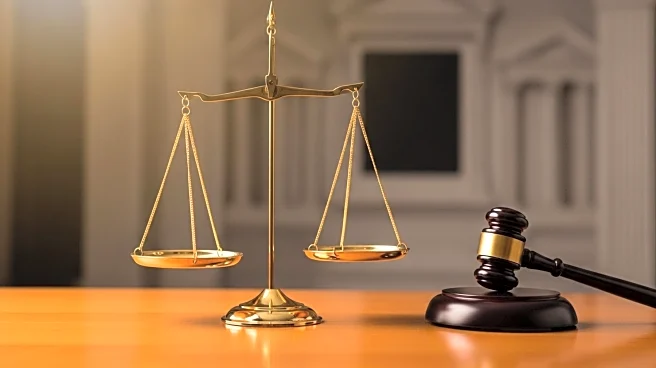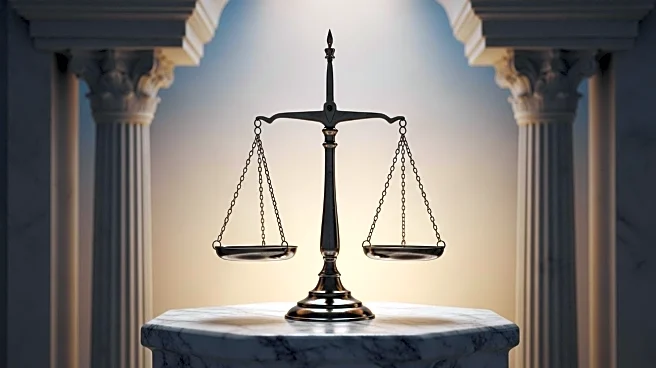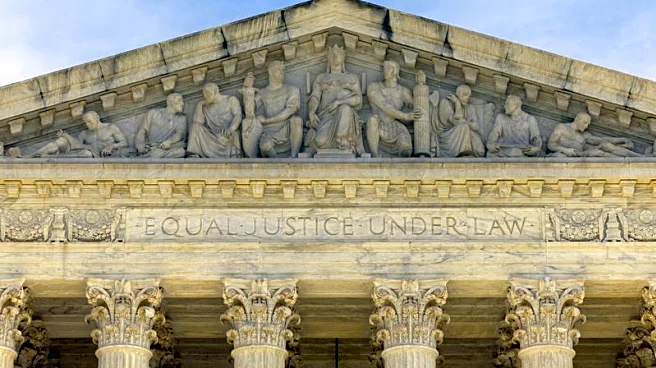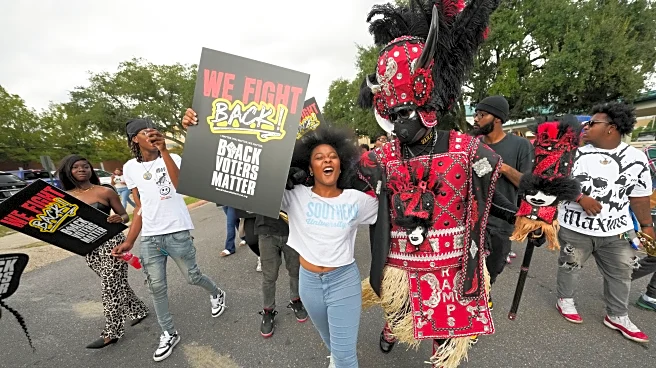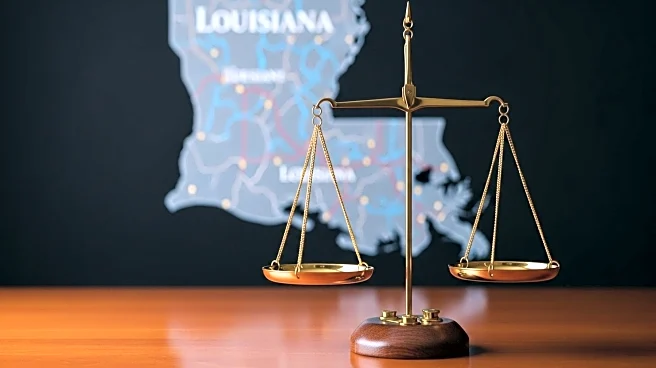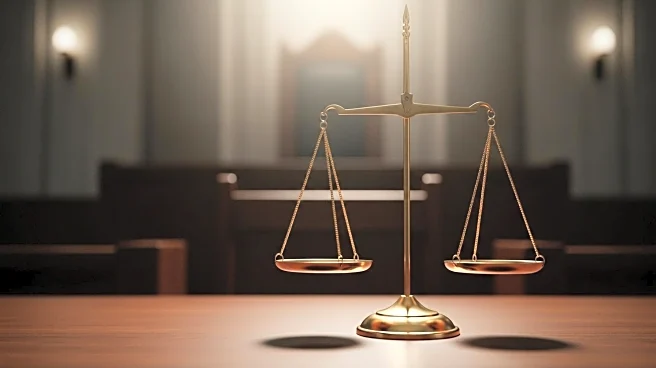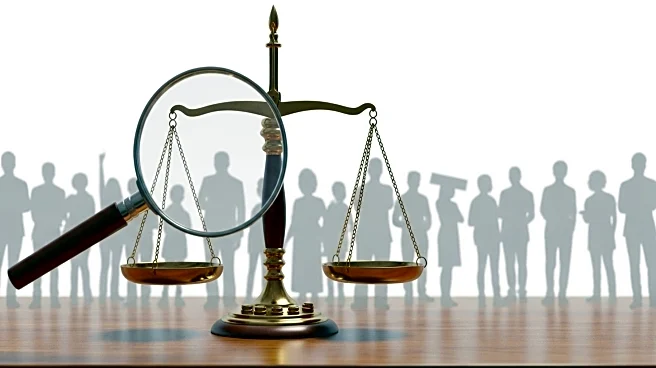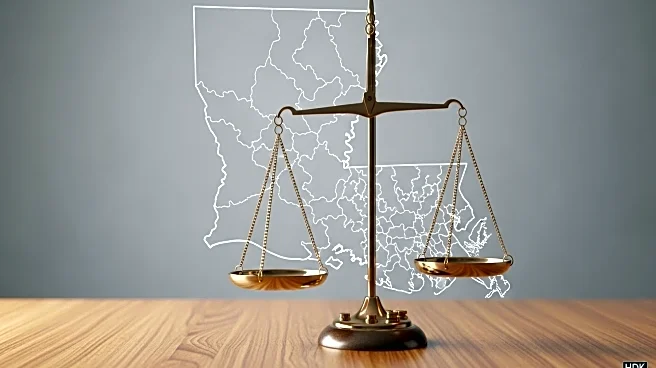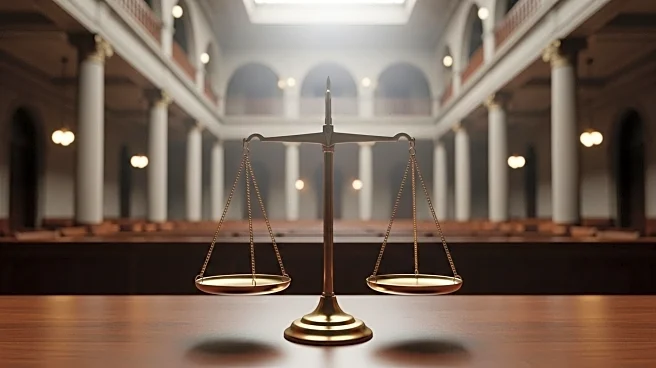What's Happening?
The U.S. Supreme Court is poised to reconsider the application of race in redistricting under the Voting Rights Act (VRA), with a case from Louisiana set to be argued. The case challenges the creation of majority-minority districts, which have historically been used to ensure minority representation in Congress. Louisiana state officials argue that race-based redistricting contradicts constitutional principles, while civil rights advocates defend the necessity of such measures to prevent racial discrimination in voting. The court's decision could significantly impact the VRA's Section 2, which prohibits voting practices that result in racial minorities having less opportunity to elect their preferred candidates.
Why It's Important?
The potential Supreme Court ruling could reshape the political landscape by altering how congressional districts are drawn, particularly in states with significant minority populations. If the court limits race-based redistricting, it could lead to fewer minority-majority districts, potentially reducing minority representation in Congress. This decision could also influence partisan gerrymandering practices, as states may gain more leeway to draw districts favoring the dominant political party. The outcome will have implications for future elections, affecting the balance of power in the U.S. House of Representatives and the ability of minority communities to elect candidates who represent their interests.
What's Next?
The Supreme Court's decision in the Louisiana case will set a precedent for how race can be considered in redistricting nationwide. If the court rules against race-based remedies, states may revise their district maps, potentially leading to legal challenges and further scrutiny of redistricting practices. Civil rights groups are likely to continue advocating for measures that ensure fair representation for minority voters, while states may seek to consolidate power by drawing districts that favor incumbents and the dominant party. The ruling will be closely watched by political leaders and stakeholders as it could influence strategies for the 2026 midterm elections.
Beyond the Headlines
The case highlights ongoing debates about the role of race in American politics and the balance between ensuring equal protection and addressing historical discrimination. The Supreme Court's decision could signal a shift in how race is considered in public policy, potentially affecting other areas such as education and employment. The ruling may also prompt discussions about the effectiveness of the Voting Rights Act and the need for legislative reforms to address modern challenges in voting rights and representation.
